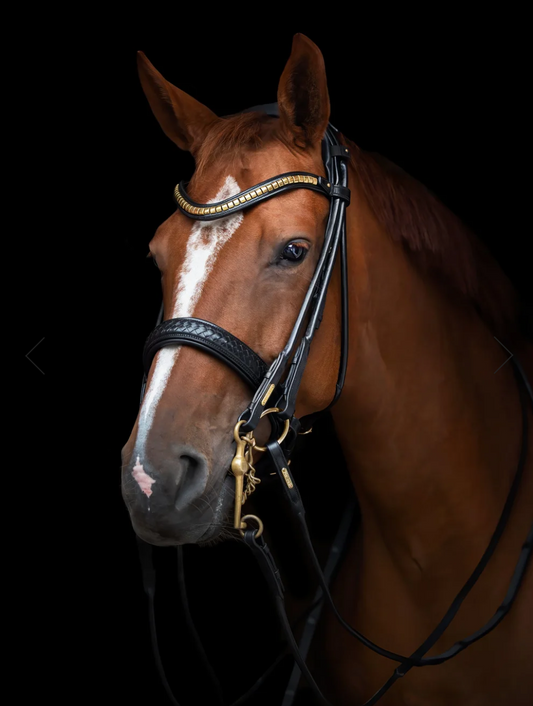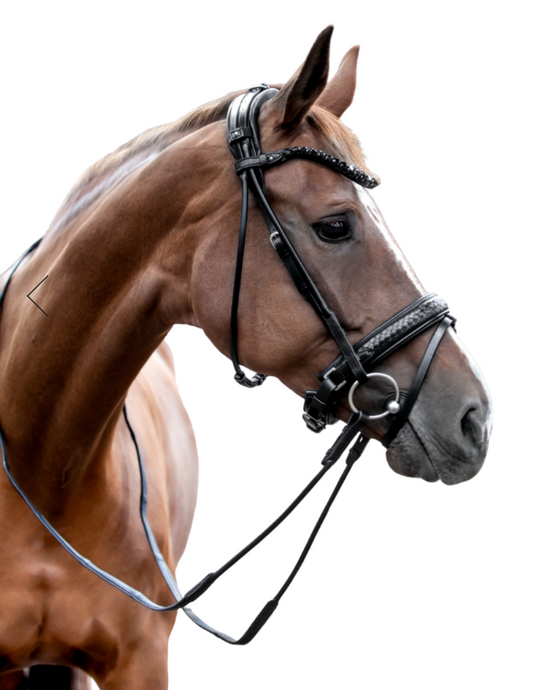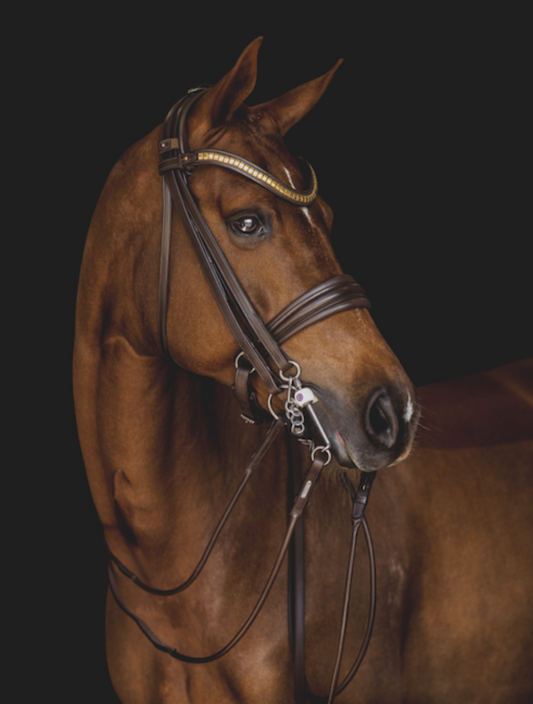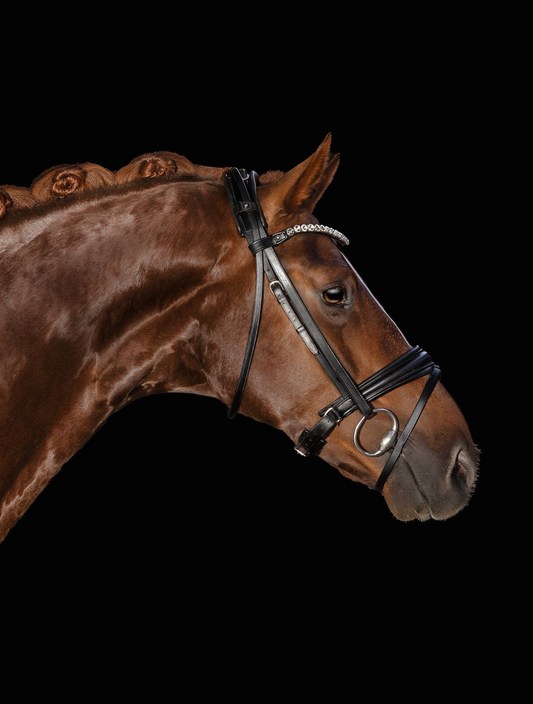
Winderen Back Protect Pad
Share
How does the Winderen Back Protect pad work:
To understand the rider’s aids properly, horses should not be distracted by discomfort caused by ill-fitting equipment. However, the same applies to the rider. To communicate properly and clearly with the equine partner, the rider must feel comfortable, must be able to focus on the correct aids and may not be bothered with the own incorrect seat. Proper cushioning and balancing of the saddle will facilitate a correct seat, and thus, the work with the horse will become more efficient. On the contrary, it works the same way: the more comfortable the horse feels under the saddle the more enjoyable riding will get.

Horse riding is considered an extreme sport. As such, it requires significant physical and psychological abilities as well as appropriate preparation. It has to be remembered that, when riding, we are exposed to the risk of numerous acute injuries caused by accidents as well as to the increasingly frequent cumulative injuries that result from the long-term influence of the horse’s multi-axis forces on the rider’s body. Another problem is the unnatural, non-physiological posture of the rider during the training. The negative effects of these factors are experienced immediately or after a longer period of time. These factors can have a significant influence on comfort when riding, resulting in long-term back pain of varying intensity, limitation in movement or, in case of prolonged exposure of the spine to highly burdensome forces, the occurrence of pain symptoms.
The spine is one of the most important parts of the body and, amongst others, responsible for keeping your balance. Therefore, in order to fulfil its role correctly, it has to have the right elasticity, strength and flexibility to help the rider to freely influence the horse. It is built to protect itself against excessive loads as much as possible. The intervertebral discs reduce the shocks during riding, and its natural curves that become more prominent during stress reduce the strain. Muscle stiffness is a natural reaction to pain. We often compensate for the discomfort experienced during the training by stiffening our bodies. This involuntary reaction is a negative phenomenon that has a direct effect on the horse leading to the animal’s stiffness, often accompanied by anxiety. The training of a stiff rider and/or a stiff horse will rather not result in a satisfying and pleasant experience.
Horseback overloads – why is it so bad?
"Many factors contribute to success in equestrian disciplines. One of them is undoubtedly a saddle, which ensures the horse’s unhindered and free movement. The correct saddle fitting is an extremely important point, but we have to remember that the horse’s back muscles - especially in intensive training - are dynamically modified, which in practice makes the "perfect fit" very difficult to obtain and maintain over time. Uneven distribution of the rider's weight or pressure spots on the back cause great discomfort to the horse. A saddle that does not evenly lie on the back over the entire length of the saddle panels does not distribute the rider's weight correctly and leads to overstressing of the back muscles. Initially, we will have to deal with locally increased pressure on some areas of the horse's back “only”, which, in consequence, will lead to a reduction in the blood supply of this area and additionally to a reduction in the metabolism of the muscles.

As a result, the oppressed muscle will gain increased muscle tone, be painful, and, if this situation persists for a long time, it will atrophy. Additionally, due to pain and increased muscle tone, the horse may show a number of behavioural and physical changes. We can face aggression or anxiety during saddling if not "running away from the saddle" or even an irregularity of movement, eventually visible lameness, which could lead to a horse that can no longer be ridden. Often the rider's frustration associated with keeping the horse under the saddle, i.e. the horse is refusing to cooperate, its reluctance to move forward, problems with arching the back or the need for a long phase of stretching before training, are caused by the discomfort associated with the saddle's pressure onto the back. In many cases we can prevent such situations by using corrective and shock-absorbing pads that, when properly selected, will evenly distribute forces and stabilize the saddle on the horse's back. " - Veterinary doctor Anna Jasińska






